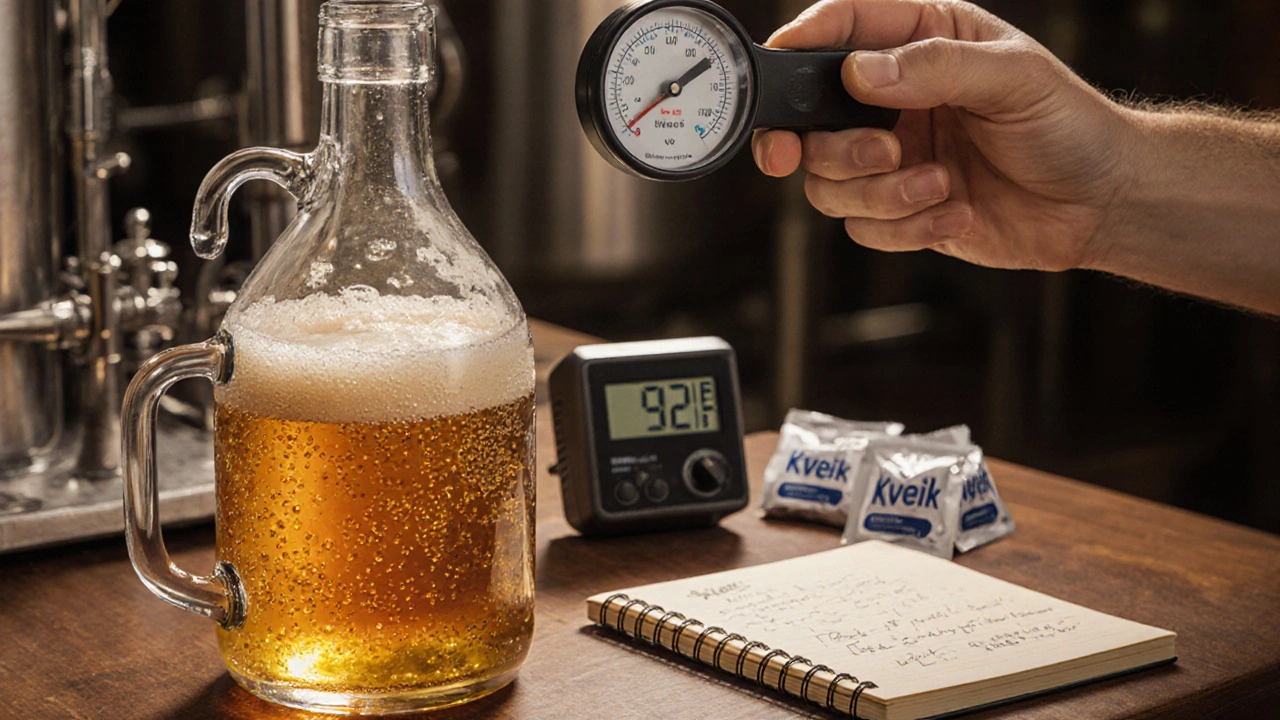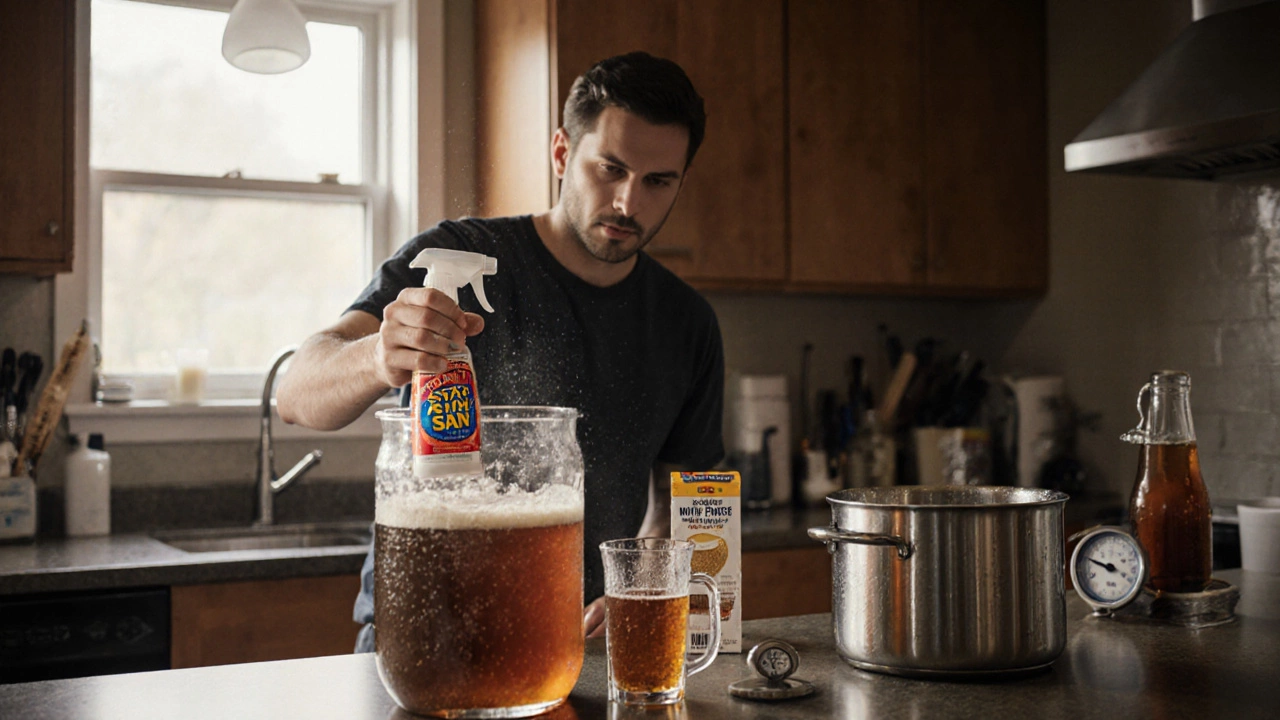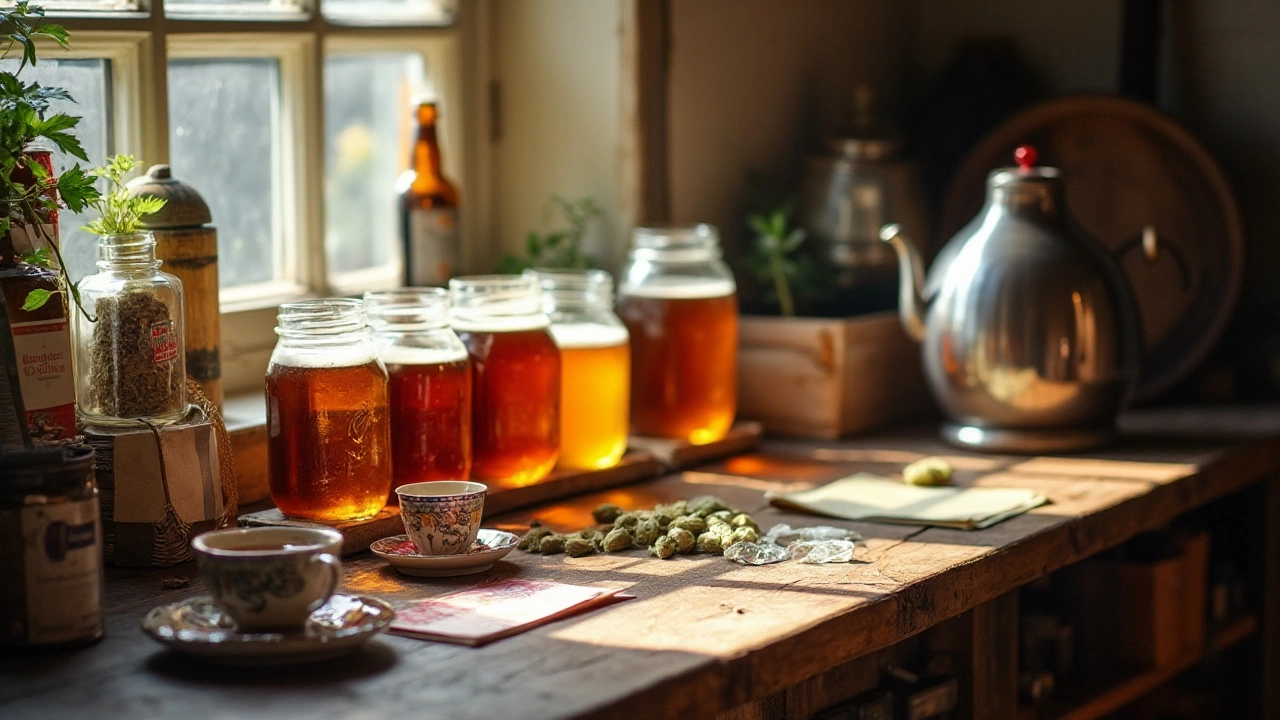Home Brewing Kits: Your Easy Start to Making Beer at Home
Ever thought about brewing your own beer but felt overwhelmed by the gear? A good home brewing kit takes the mystery out of the process. Everything you need—from malt extract to fermenter—comes in a single box, so you can focus on the fun part: tasting the results.
What to Look for in a Home Brewing Kit
First, check the ingredient quality. Look for kits that use fresh malt extracts, real hops, and clear instructions. Low‑grade extracts can leave a flat taste, while fresh hops give a crisp aroma. Second, consider the equipment included. A starter kit should have a fermenter with an airlock, a bottling bucket, a siphon, and a sanitizer. If any of these are missing, you’ll need to buy them separately, which adds cost and hassle.
Third, match the kit to your skill level. Beginner kits often focus on easy‑to‑brew ales and include step‑by‑step guides with photos. Advanced kits might let you experiment with lagers, dry‑hopping, or even sour beers, but they assume you already know basic sanitation and temperature control. Finally, think about batch size. Most kits brew 5‑gallon batches, which is perfect for small gatherings. If you have limited fridge space, look for 1‑gallon or 2‑gallon kits that still deliver full flavor.
Tips for Successful Home Brewing
Sanitation is the #1 rule. Even a tiny amount of wild yeast can ruin a batch, so clean everything that touches the wort—fermenter, tubing, bottles—with a food‑grade sanitizer. Rinse with clean water before use, but don’t skip the sanitizer.
Temperature matters more than you think. Ales thrive at 65‑70°F (18‑21°C). If your kitchen is cooler, use a heating pad or a fermentation blanket. For lagers, keep it steady at 48‑55°F (9‑13°C) with a dedicated fridge or a temperature controller.
When it’s time to bottle, add the right amount of priming sugar. Too much sugar creates over‑carbonated bottles that could explode; too little leaves you with flat beer. Most kits provide a measured packet, but double‑check the calculations if you adjust batch size.
Patience pays off. Most ales are ready to drink after two weeks, but they taste smoother after three to four weeks. Lagers need at least four weeks of cold conditioning. Resist the urge to crack open a bottle too early; the flavors need time to meld.
If you hit a snag—like off‑flavors or slow fermentation—don’t panic. Check the temperature, make sure the yeast was fresh, and verify that you followed the sanitizing steps. Online forums and YouTube channels are full of homebrewers eager to help beginners troubleshoot.
Bottom line: a solid home brewing kit removes the guesswork, so you can spend more time enjoying the brew and less time worrying about the process. Pick a kit that matches your taste, budget, and skill level, keep everything clean, control the temperature, and give it time. In a few weeks you’ll be holding a bottle of beer you made yourself—nothing beats that feeling.
The fastest beer to ferment uses Kveik yeast and can complete primary fermentation in just 2-4 days. Learn which strains work best, how to avoid off-flavors, and why timing matters more than speed.
View DetailsYes, you can brew good beer at home-with the right technique, sanitation, and patience. Thousands do it every year, and many win competitions. Here’s how to start and what really matters.
View DetailsCurious if homebrewing is allowed in California? This article cuts through the confusion around the law, giving you the real scoop on what you can and can't do. Learn what's legal, what's not, and how to keep your DIY brewing on the right side of the rules. Packed with tips and fun facts, it's everything a homebrew enthusiast needs to know before firing up that brew kettle in the Golden State.
View DetailsHomebrewing is a fun hobby, but what if you're short on time? Discover which type of beer you can brew the fastest, making use of modern home brewing kits. Learn practical tips, choose the right ingredients, and understand the basic process to craft your beer without waiting weeks. Perfect for anyone eager to enjoy their homemade brew in no time.
View DetailsHomebrewing might be a popular hobby, but selling your homemade brew isn't as easy as it sounds. This article explores the legal challenges, cultural nuances, and financial implications of trying to turn your passion into profit. Get insights into why regulations exist and practical tips on navigating the beer-brewing landscape while staying legal. Discover the reasons behind strict rules and how they impact aspiring brewers around the world.
View DetailsCurious about saving money on your brews? Delve into the world of home brewing, where you mix ingredients, time, and patience into a concoction that might just hit the spot. But is your homemade brew kinder on your wallet than a six-pack from the store? We'll break down everything from initial investments to delicious results, helping you see if home brewing is genuinely pocket-friendly.
View DetailsHome brewing kits offer a gateway into the world of crafting personalized beverages at home. Understanding their lifespan is crucial for maintaining efficiency and ensuring a quality brewing experience. This article explores factors that influence the longevity of home brewing kits, provides tips for maintaining them, and offers insights into how storage and cleaning routines can affect their usability. We also discuss signs that indicate when it's time to replace components and how to extend their life.
View Details







